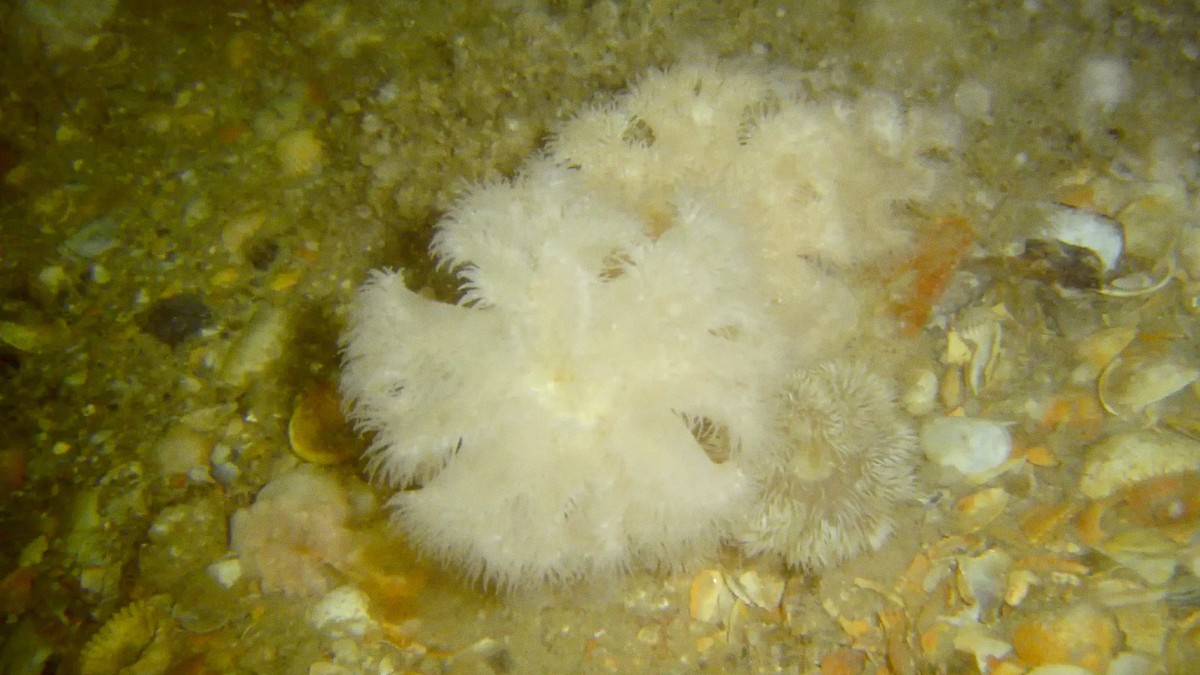
Northwest England, England
The Isle of Man draws travelers seeking something different from a typical European holiday. It is not about bustling mega-cities or sprawling resorts. Instead, it presents a connection with history, outdoor pursuits, and a proud, independent culture. From the roar of the famous TT motorcycles to the quiet beauty of a sunset over Peel Castle, the island delivers varied experiences.
The Isle of Man, a jewel in the Irish Sea, presents a captivating blend of rugged natural beauty, profound historical roots, and an unique contemporary identity. This island is distinct, not merely a part of the British Isles, but a self-governing British Crown Dependency.
This status carries a separate legal system, its own parliament (Tynwald), and a strong sense of national pride.
The Isle of Man lies almost perfectly centered in the Irish Sea. It sits approximately equidistant from the coasts of England, Scotland, Wales, and Northern Ireland. Its precise coordinates place it at about 54°14′N latitude and 4°30′W longitude. The island is compact, measuring roughly 52 kilometers (32 miles) in length from north to south and 22 kilometers (14 miles) at its widest point. It spans a total area of 572 square kilometers (221 square miles). Despite its small size, the Isle of Man displays remarkable geographical diversity.
A central mountain chain forms the island's backbone. Snaefell, the highest peak, reaches an elevation of 621 meters (2,037 feet) above sea level. From its summit, on a clear day, folklore claims you can see "the seven kingdoms": the Isle of Man itself, England, Scotland, Wales, Ireland, and the metaphorical kingdoms of Heaven and Man. The mountains present dramatic backdrops and challenging terrain for hikers. Over 20 wooded valleys, designated "National Glens," feature picturesque waterfalls, ancient trees, and winding paths, marking tranquil escapes and walking opportunities. The coastline ranges from rugged cliffs to sheltered sandy bays, popular for walks and wildlife spotting.
Snaefell, the highest peak, stands at 621 meters (2,037 feet).
Over 20 official wooded valleys with waterfalls and paths.
From rugged cliffs in the west and south to sandy bays.
A flatter northern area with extensive sand dunes and shingle beaches.
Ancient volcanic rocks, slates, and limestones shape the varied topography.
The island's compact size means a quick journey from a mountain peak to a coastal town. This accessibility allows for experiencing a wide range of landscapes in a single day. The geography also influences the local climate, creating a temperate maritime environment. This means mild winters, cool summers, and rainfall year-round.
Short drives or bus journeys quickly transport you across the island, making diverse scenery readily available for visitors.
A temperate maritime climate brings mild conditions, cool summers, and consistent rainfall. Be prepared for rapidly changing weather.
The island's unique character reflects its geography and requires adaptive packing.
The Isle of Man is a history spanning millennia, marked by distinct cultural layers that shape its identity today. Its story reflects a remarkable ability to adapt and preserve its unique heritage despite external influences.
Earliest human settlement dates back to the Mesolithic period, around 8000 BC. These early inhabitants were hunter-gatherers. Later, Neolithic and Bronze Age communities left stone circles and burial mounds, indicating a settled agricultural society.
A distinct Manx Gaelic language developed, related to Irish and Scottish Gaelic. Early Christian missionaries left keeills and carved stone crosses.
From the late 8th century, Norse raiders frequented the Irish Sea. By the 9th century, the Isle of Man became a significant part of a powerful Norse kingdom. The Tynwald, the island's parliament, is a strong claim as the oldest continuous parliament in the world, tracing its origins to 979 AD.
The island passed between Scottish and English control for centuries. In 1765, the British Crown purchased the island. Its unique legal and political status as a Crown Dependency was largely preserved.
The Isle of Man is not part of the United Kingdom, nor is it part of the European Union. It has its own parliament, laws, and taxation system, with the monarch as the Head of State. The UK government is responsible for the island's defense and international relations.